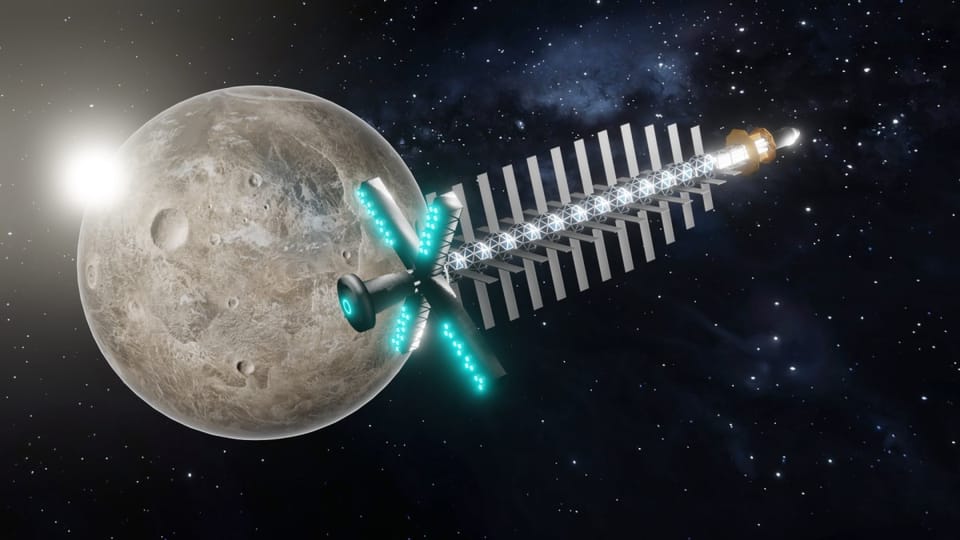
The project “RocketRoll” – illustration of NEP tug, Photo: ESA
The European Space Agency (ESA) is looking for ways by which its future spaceships and probes could use nuclear-powered engines in order to travel across the extreme distances of outer space. Scientists at the Czech Technical University in Prague are among the many institutions involved in the effort, specifically a project called “RocketRoll”. I spoke to Jan Frýbort from the university’s Department of Nuclear Reactors to find out more.
“There are essentially two technologies that we can use for the utilisation of nuclear reactors when it comes to space missions.
“One of them is based around thermal propulsion. That means directly heating a medium such as hydrogen in the reactor. This method works in a similar way to that in which chemical propulsion is used in rockets.
“Our study focuses on the other method. Namely, that of using electric engines or thrusters that use the nuclear reactor to produce the electricity that propels them.”
Could you tell me what the benefits of nuclear propulsion instead of the currently used chemical propulsion for rockets are? I understand that it would, for example, enable us to travel further than is currently possible.
See the rest here.
Author: Thomas McEnchroe

